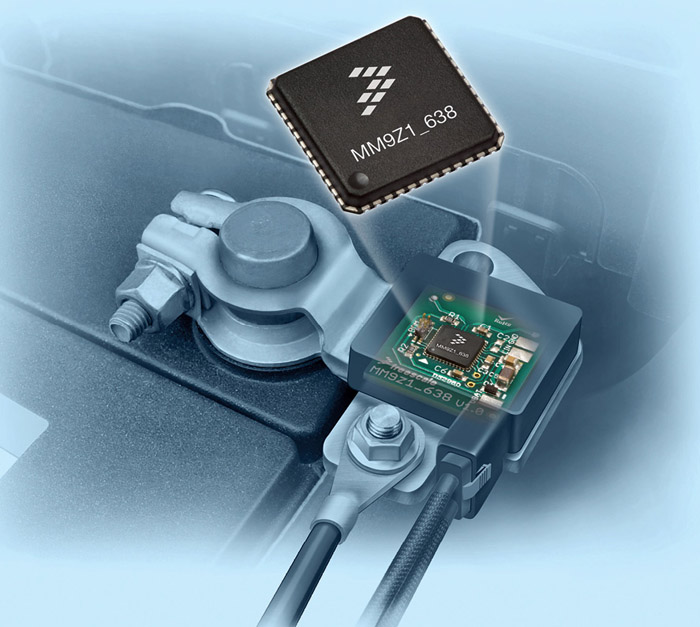Electronics is being used in vehicles for safety and security, infotainment, networking, power train and engine management, and more. Rapid advancements in sensor technology, microcontrollers, wireless communications, embedded systems, etc are opening up a gamut of new challenges and opportunities in this space
Janani Gopalakrishnan Vikram
When somebody talks about ubiquitous computing or the Internet of Things, a lot of people respond incredulously saying all that is too far off. Ask them to consider the fact that a fleet vehicle often contains around 40 electronic control units (ECUs), and a modern car has around 100.
“The year 2012 has seen a lot of innovation in the automotive electronics industry. And the innovation has been in all the areas, including body electronics, chassis and safety, auto infotainment, power-train and hybrid,” says Guruswamy Ganesh, vice president and country manager, Freescale Semiconductor India.

“Today’s cars are becoming more fuel-efficient and safe, and have more stability because of electronics systems. Features like multi-camera surround-view parking assistance, blind spot detection, RADAR systems that support adaptive cruise control, pre-crash protection and collision warning systems with and without automatic steering and brake intervention, lane-departure warning system and people-detection camera are becoming common. Lately, some of these features have become a must-have for many high-end cars not only globally but also in India.”
“A lot of cutting-edge electronics goes into auto infotainment (navigation, music systems etc), electronic control such as anti-lock system, stability, transmission, fuel injection, emission control, air bags, emergency-brake-assist system, driver assistance systems and passenger comfort. Processors such as ARM’s Cortex family are used for such applications,” adds Guru Ganesan, managing director-India operations, ARM.
“NXP sees two major trends that are currently dominating developments in automotive space—connected mobility and carbon dioxide emission reduction. Electronics is the key enabler for both the trends. Connected mobility will improve safety, increase convenience and facilitate customised entertainment while on road. Various high-performance, automotive-qualified technologies will be required in the connected vehicle of the future,” says Ashok Chandak, senior director-Global Sales and Marketing at NXP.
“Many of the car electronics technologies such as immobilisers (anti-theft devices) are expected to be used in light commercial vehicles and two-wheelers in the near future in India also,” Chandak adds.
Here is a quick overview of the key electronics systems used in today’s vehicles.






